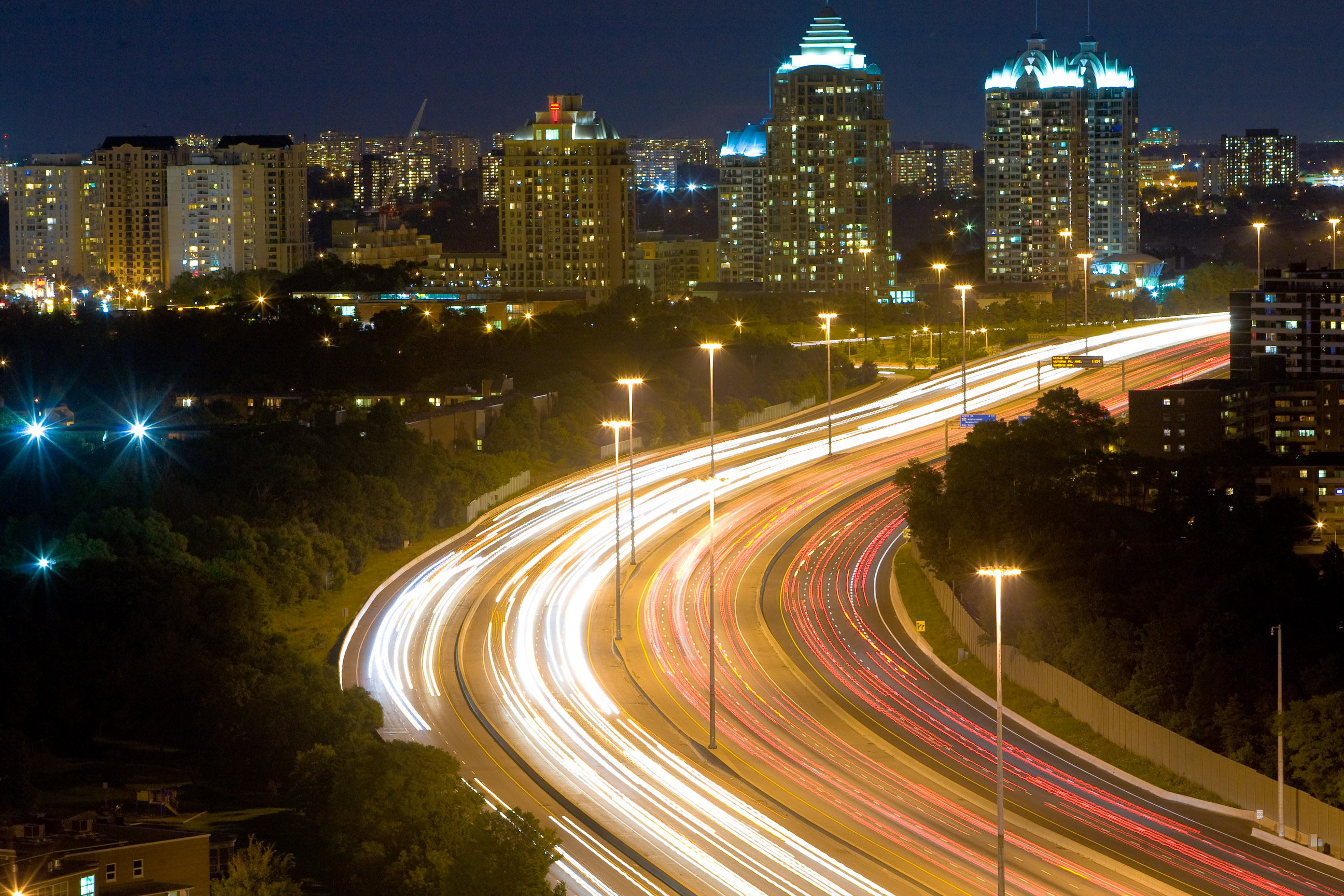
Design for Massive Emotion
juin 14, 2014 — Uncategorized
The act of envisioning the future, wrestling with new ideas long enough to be able to pin them down into a sketch, story or prototype at the massive scale of time and size envisioned for cities can be incredibly challenging work.
Evolution of form follows emotion
One way we can face this challenge is by reframing ideation away from the form of buildings and city plans and focus on human emotion. We can focus on how cities make us feel.
Here at frog we often evolve the adage “form follows function” to say “form follows emotion.” What we mean by this is the notion that being able to design a truly meaningful experience it’s important to find the emotion the design evokes beyond the form.
We’ve used this twist of an old saying to design hundreds of products and services but often when we say this we are often looking at objects that can be held by an individual. What happens when that form is massive in scale and spans over decades of time?
Here are three trends to consider while designing for massive emotion:
Open Data as the Frontier of the Future
Cities of the past were designed with strategic natural and political geography in mind. The cities of the future will be placed at the centers of open citizen data. With the proliferation of smart devices, the ability to monitor city planning and energy usage will become a driving factor as cities evolve.
The ability to visualize and act on that data—both on a public scale and personal scale—would allow for small changes in behavior to scale into big decisions on how we grow and change our cities. By being able to use sensors to see individual behaviors we could start to offer ecologically sound choices at a neighborhood-by-neighborhood level.
Design at a Human Scale using Motion and Augmented Reality
Often it’s easier to design a space from the top down, but in order to get a greater sense of emotional connection we need to have a way to quickly change perspectives to a human scale. With technologies like overlaid augmented reality it can be possible to change perspective and view a neighborhood as you design. You could walk through a space and explore, with motion, opportunities and design solutions that could not have been found in a static medium.
For example, in an augmented reality scene you could grab the sun to manipulate time during the day to see how design is affected with differences in light and shadow. Take that a step further and you could move back and forward to see the city through a time lapse extending your sense of scale through time.
Designing for Open World Games
Designers of open world games use a series of macro rules while allowing for the individual players to self-determine their own paths within those larger structures. Not only does this allow for a simple set of rules to explore organic growth, but those simple rules can allow for an exponential set of variation for evolution.
Cities are designing the emotional environment through laws and regulation. But by reframing our designs through play like open world game designers, we can explore and evoke a sense of play when it comes to the places where we live.
All these come together as we envision the future we hope to live in—a new future for our homes, our neighborhoods, our cities, and our planet where we connect emotionally to meaningful experiences through our environments.